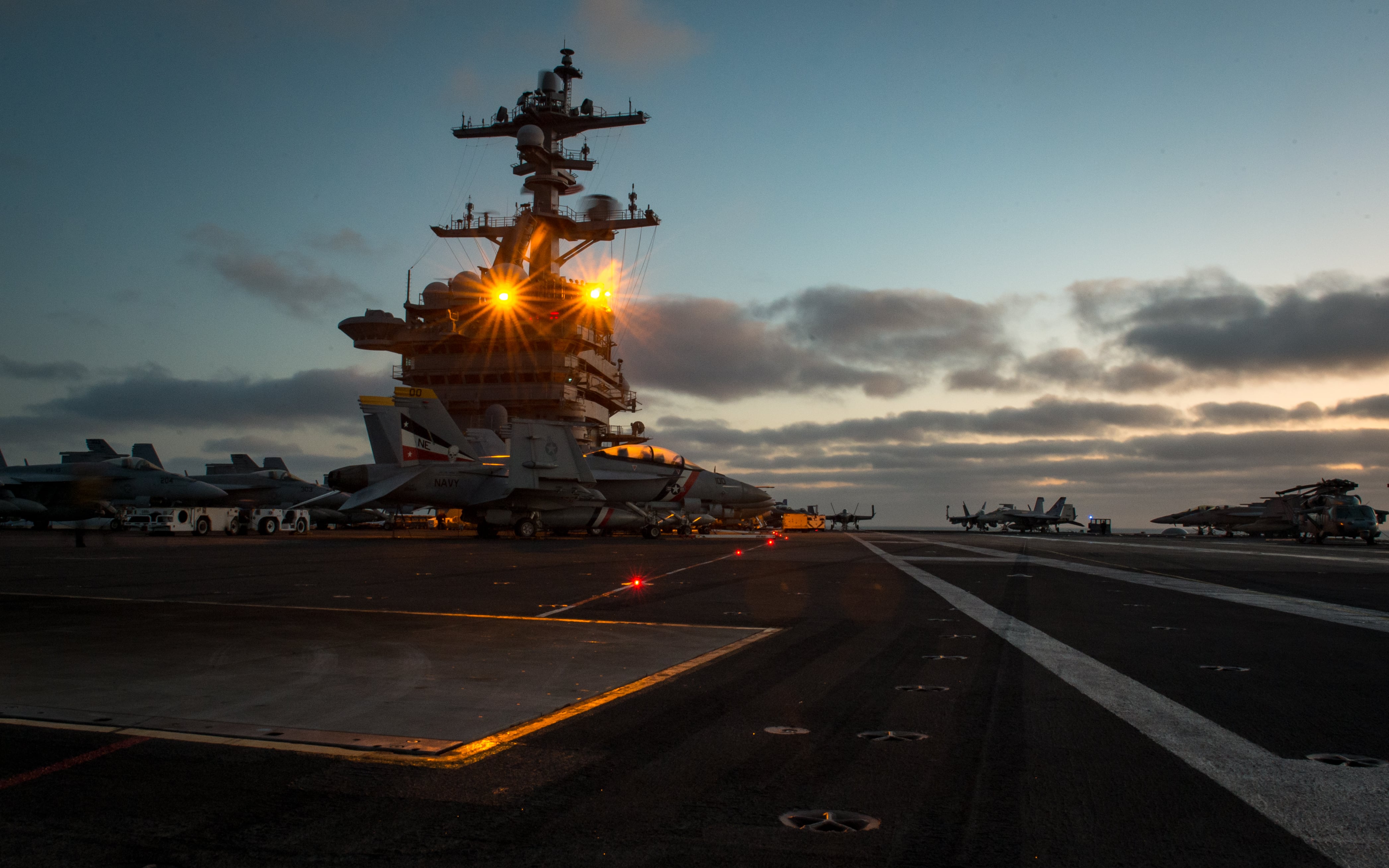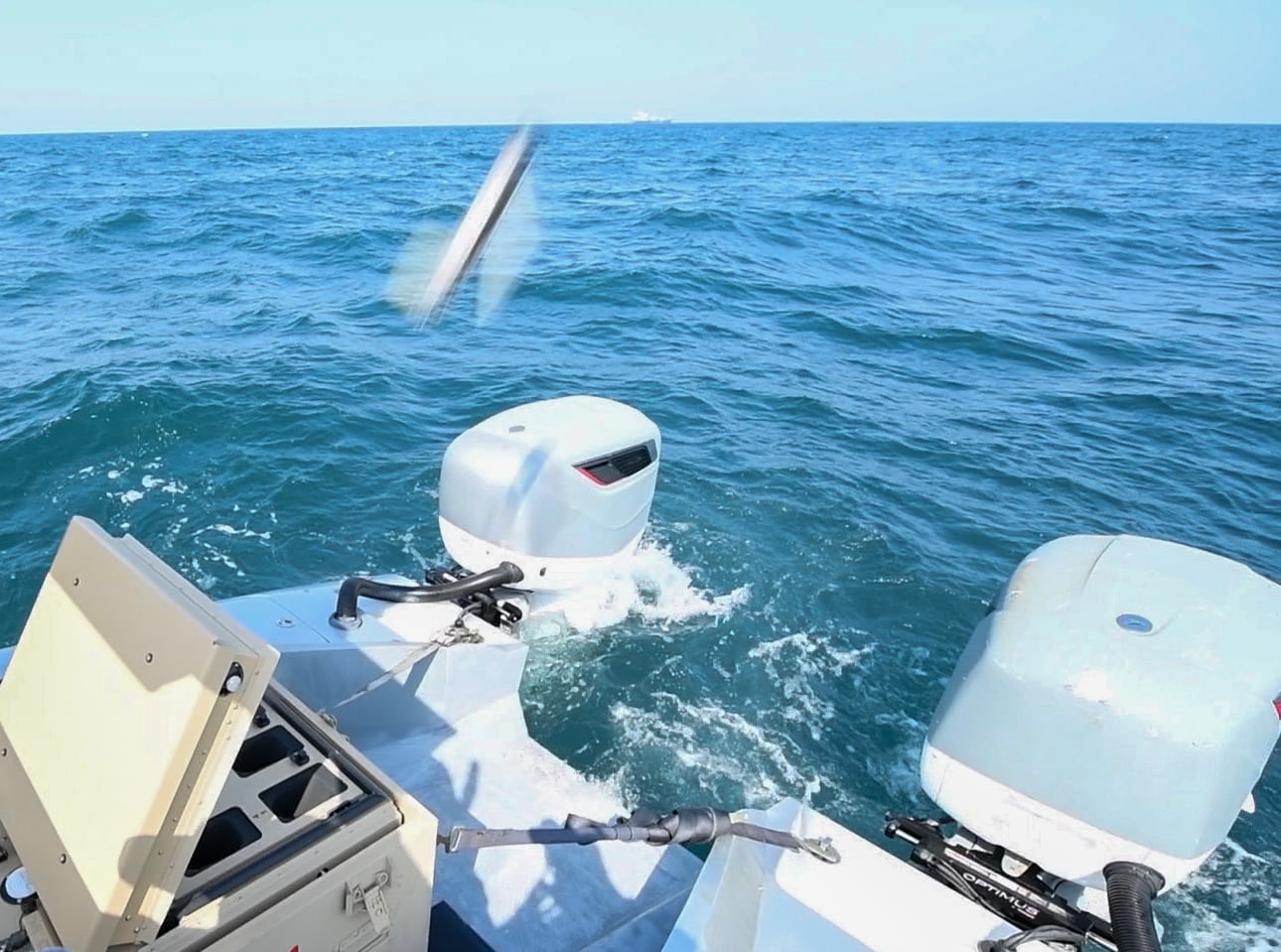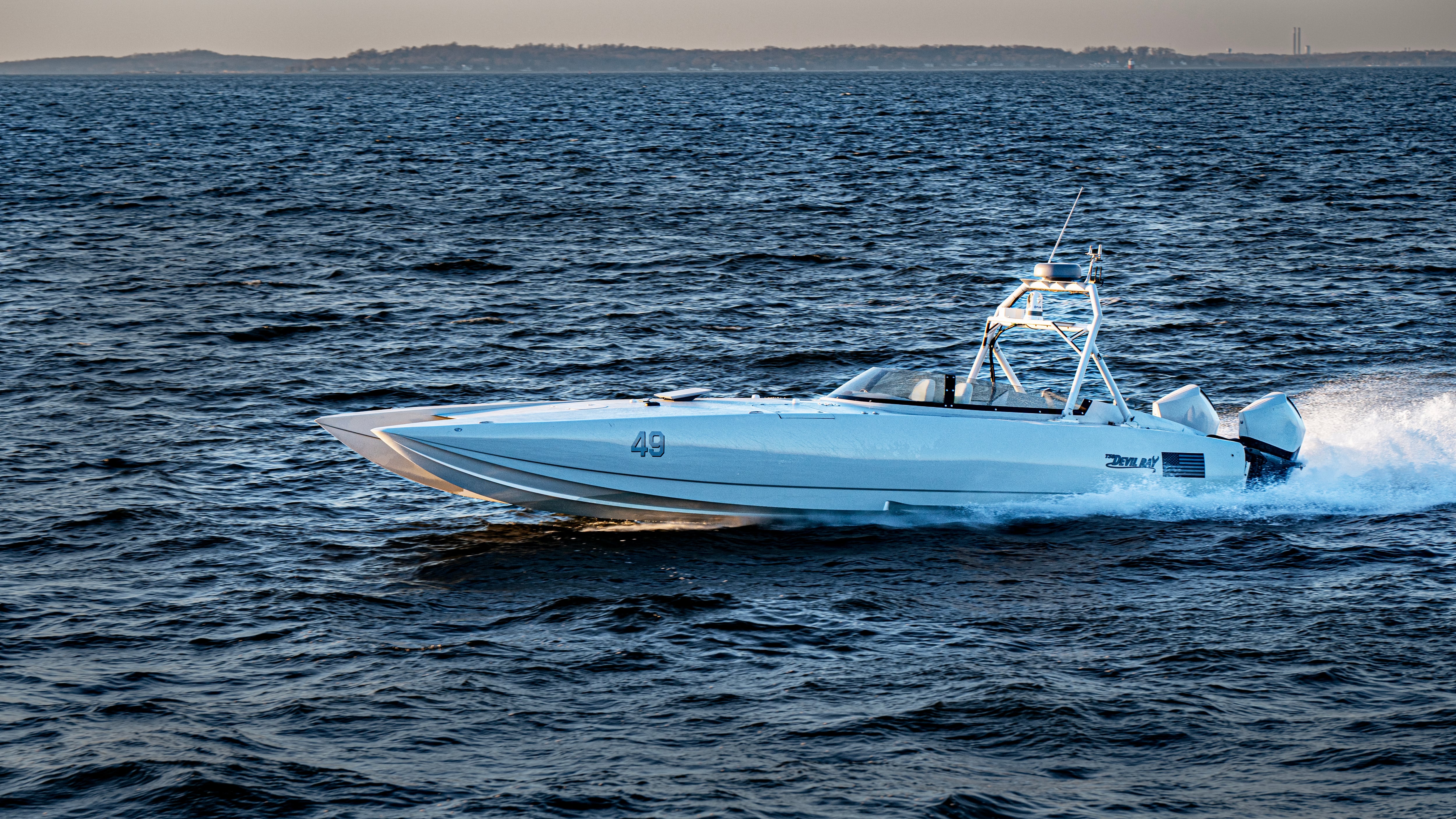SAN DIEGO — Northrop Grumman said it will participate in two events to demonstrate autonomy and electronic warfare payloads the company is developing for unmanned surface vessels under its Project Scion initiative.
In testing on the East Coast in December, a Martac-supplied and Northrop-outfitted T38 ship autonomously identified, chased and surveilled a target moving through the Chesapeake Bay.
Now, company officials told C4ISRNET, energy has shifted to getting Project Scion products ready for action at the Association for Uncrewed Vehicle Systems International’s Xponential 2024 in California in April as well as the Naval Surface Warfare Center Crane Division’s Silent Swarm in Michigan in July. The former is focused on collaborative autonomy and applications beyond national security, the latter on electromagnetic warfare and digital deception.
“We’ve been working since December, the two months since we demoed, on taking those next steps,” Dennis Grignon, a business development manager at Northrop, said in an interview. “We did this on a single platform, but we could scale our package down to a very small USV, so we could repeat this.”
RELATED

The experimentation and investment at the Virginia-based company come amid surging U.S. Navy and Coast Guard interest in uncrewed technologies.
Former Chief of Naval Operations Adm. Michael Gilday sought a hybrid fleet, with one update to his so-called Navigation Plan pitching 373 manned ships collaborating with 150 uncrewed vessels. The Coast Guard similarly published an unmanned road map last year. It described a force augmented by robotic aids, ready to counter unlawful activity and domestic threats.
Meanwhile, the Department of Defense in August launched the Replicator initiative, meant to field thousands of uncrewed systems in 18-24 months to overcome the perceived mass of China.
Project Scion pools technologies from other domains, such as aerial drones, ground robotics and smart buoys, to produce payloads that can turn platforms into “true combat-and-surveillance systems for our customers,” according to Grignon.
Northrop, which is exhibiting its tech at the West naval conference this week in San Diego, builds the Fire Scout autonomous helicopter, the Triton unmanned aerial system and more.
“The flexibility with our payload allows it to be programmed for multiple missions,” he said. “It’s part of a bigger-picture need for doing more with fewer resources, and that’s the gap we’re trying to fill here.”
Manpower, knowhow and other resources will be strained in the future fights U.S. defense leaders are girding for. A war with China in the Indo-Pacific would put serious pressure on Navy vessels, the sailors aboard and their logistics chains.
Robo-ships could act as eyes, ears, supply shuttles and even firepower where they would otherwise be lacking.

“We’re receiving the data, processing and analyzing it, and then taking an action on that data, based on commander’s intent,” Matt O’Driscoll, a Northrop chief engineer for maritime systems and integration, said of Project Scion and its December trial.
“The effectors that were onboard our vessels were just cameras,” he added. “But going forward, that could be anything from an electronic attack like jamming, or cyberattack, or it could be kinetic with a human in the loop.”
Development and deployment of semi-autonomous or fully autonomous weapons is governed by what’s known as Directive 3000.09, originally signed a decade ago and updated last year. The Defense Department directive is meant to reduce the risks of failed autonomy and arms. It does not apply to cyber.
Northrop is the third largest defense contractor in the world when ranked by revenue, according to Defense News Top 100 analysis. It made $32.4 billion in 2022 and $31.4 billion in 2021.
Colin Demarest was a reporter at C4ISRNET, where he covered military networks, cyber and IT. Colin had previously covered the Department of Energy and its National Nuclear Security Administration — namely Cold War cleanup and nuclear weapons development — for a daily newspaper in South Carolina. Colin is also an award-winning photographer.








